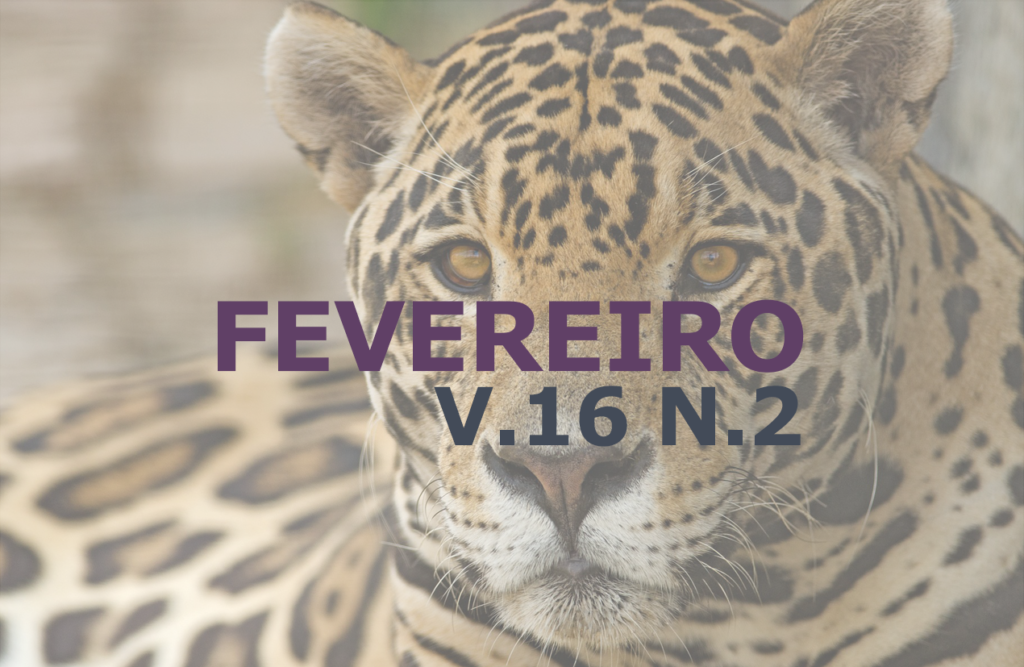Animal growth and slaughter criteria in sheep
DOI:
https://doi.org/10.31533/pubvet.v16n02a1039.1-8Keywords:
Growth, slaughter, sheepAbstract
The nutritional status of meat depends in addition to food, genetics, sex and age of the animal. The different tissues that compose the carcass of the animals have different growth rates, with bone tissue being earlier, muscle tissue with intermediate growth and fat deposited later. There are many studies on characteristics related to carcass quality, but few address meat quality and the factors that influence the final product. For this, it’s necessary to define the ideal time for slaughter, aiming to obtain the meat with the best proportions of muscle and fat. The definition of the slaughter time is made through some criteria, which can be defined from age, body weight or maturity stage to body condition. Also, the purpose of this study was to conduct a literature review on animal growth and development and the criteria used to define the time of slaughter of sheep. The criteria used are morphology and conformation, time, age, body weight, sex, tissue and chemical maturity stage and body condition. Understanding animal growth and development is of paramount importance for efficient production, as by identifying how the carcass tissue grows, we can determine the most appropriate time to slaughter each group of animals, achieving standardization and higher quality of products. Given the above, establishing criteria to define the appropriate time for slaughter in sheep is important for these animals to present an adequate muscle:fat ratio in the carcass at that time, as well as feed efficiency that does not compromise the productive and economic performance of the activity. Younger animals have more muscle and less fat than older animals. To obtain better efficiency in production, we must associate two or more criteria, such as age and body condition, so we can better define the proportion of muscle and fat in the animal, that is, define whether the animal is ready for slaughter.
Downloads
Published
Issue
Section
License
Copyright (c) 2022 Mariana Dalla Favera Almeida de Oliveira, Sergio Carvalho, Viviana Reboledo da Costa, Bernardo da Trindade Gallarreta, Daniel Uliana, Diúlia Zolin Galvani, Larissa Lopes Barbosa, Pedro Henrique Galvão, Elen Kaline Sartori, Mateus Alcimar Farias

This work is licensed under a Creative Commons Attribution 4.0 International License.
Você tem o direito de:
Compartilhar — copiar e redistribuir o material em qualquer suporte ou formato
Adaptar — remixar, transformar, e criar a partir do material para qualquer fim, mesmo que comercial.
O licenciante não pode revogar estes direitos desde que você respeite os termos da licença. De acordo com os termos seguintes:
Atribuição
— Você deve dar o crédito apropriado, prover um link para a licença e indicar se mudanças foram feitas. Você deve fazê-lo em qualquer circunstância razoável, mas de nenhuma maneira que sugira que o licenciante apoia você ou o seu uso. Sem restrições adicionais
— Você não pode aplicar termos jurídicos ou medidas de caráter tecnológico que restrinjam legalmente outros de fazerem algo que a licença permita.





